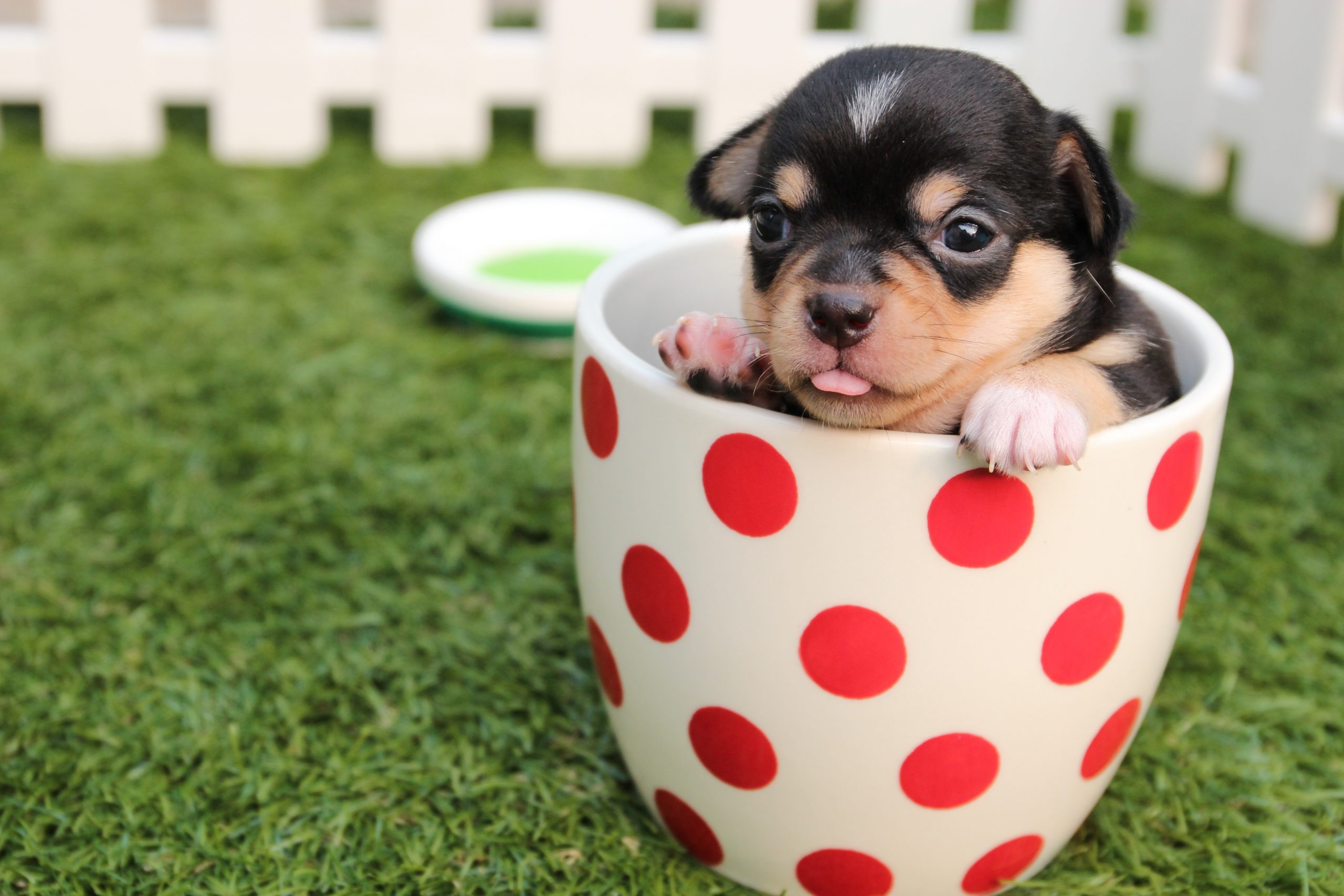Welcoming your new puppy (or dog) home is an incredibly exciting family time. It also sets the tone for the safety, well-being, and relationship you will have with your new family member. As you make this family transition, there are some very important things to keep in mind.
“Are we ready with the necessary supplies, equipment, and time to make the puppy’s transition smooth and successful?” Housebreaking takes time and supervision, and TIME is a rare commodity, so we need to use it well!
Your puppy will need quality food, a bowl for food and water, an appropriate collar and leash, grooming tools, toys to interact with, and a safe-zone (crate or otherwise arranged den). Additionally, you should choose a veterinarian and immediately have your puppy seen so that you know if there is any unique care or conditions required. You will also need a FEW minutes, a FEW times each day, to socialize and train your dog to be the Good Canine Citizen you need them to be.
Ready!
First, decide where you want your puppy’s designated bathroom area to be. Always take your dog to this same spot to use the bathroom and do not play with your dog in this area. Your dog will then quickly associate this area with using the bathroom. Now you just have to teach the puppy to “do it” quickly! DO NOT give long lengths of time for a puppy’s elimination needs. FIVE minutes or less should be the rule-of-thumb for puppy’s “business first” association.
Set!
Next, arrange your puppy’s living space to best help you and puppy to be safe. You will need a Primary Area (such as a den) and a Secondary Area (perhaps your kitchen) to provide your puppy with a Safe-Zone. A Safe-Zone will allow you to separate the puppy from things you don’t want them to get into and will provide a space that is easily cleanable in the event of a bathroom accident. Accidents will occasionally happen, especially when we’re first starting out, so let’s keep the Safe-Area simple and easy to clean. A good Rule-of-Thumb for new puppy and dog living space is that, “They earn the right to have freedom throughout the house!”
Most trainers and animal behaviorists recommend a crate to help with housebreaking, and although I personally agree (and have discussed in a previous blog), it is absolutely NOT necessary for you to use a crate to housebreak your puppy, but can help. Additionally, crates can be helpful in preventing destructive chewing due to mischievousness and anxiety. So, in the end it does sounds like a crate might just be a good idea!
If you are going to consider a crate, think of it as a puppy or dog den. The den (crate) should be a approximately 1.5 times the size of the dog and free of objects that you don’t approve of being chewed on. Crates should be cozy. If they are too big, their sheer size can encourage accidents and if they are too small, it’s cramped and uncomfortable. A crate is not a dog jail and should never be used for punishment. Additionally, there are a lot of recommendations out there about how crates should be used, including how long a dog should be crated, but there is no generic answer. It depends on the dog.
How long a dog should be in a crate, more specifically, how long can a dog be in a crate, is really a question of how long the dog can hold it and what your comfort level is.
Go!
Finally, walk, walk, and walk the puppy some more. Simply stated, you can’t take the puppy out too much, but you can take it out too little. When in doubt, take it out! Have to leave and can’t take puppy out? Den time!
